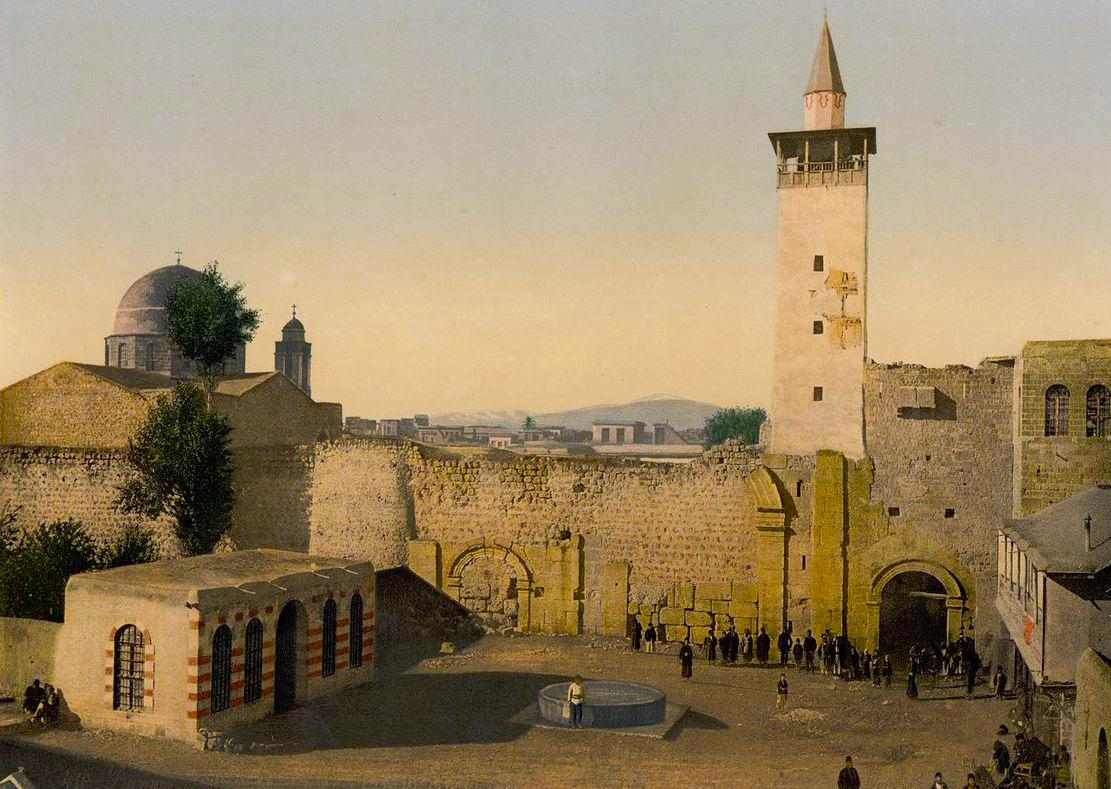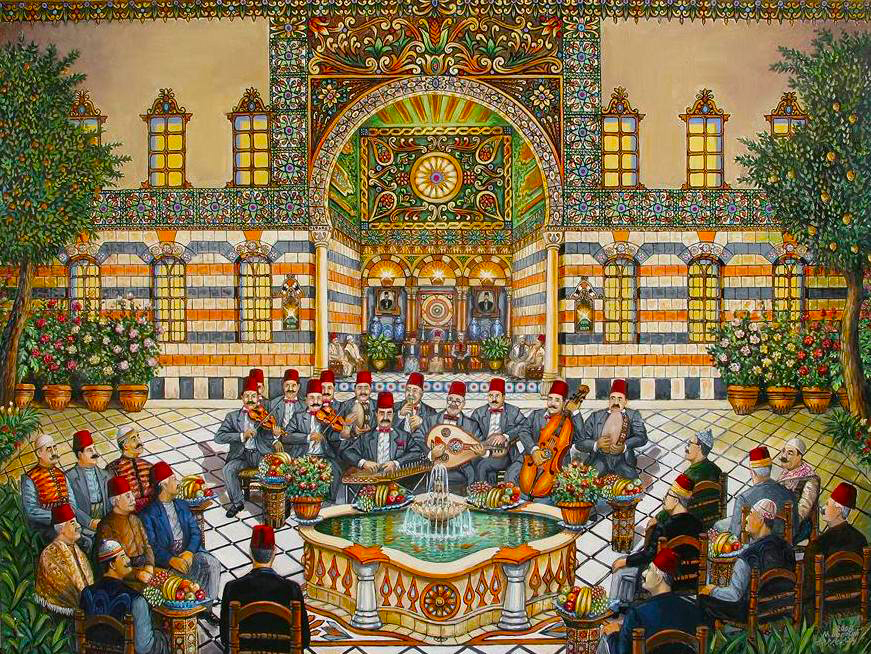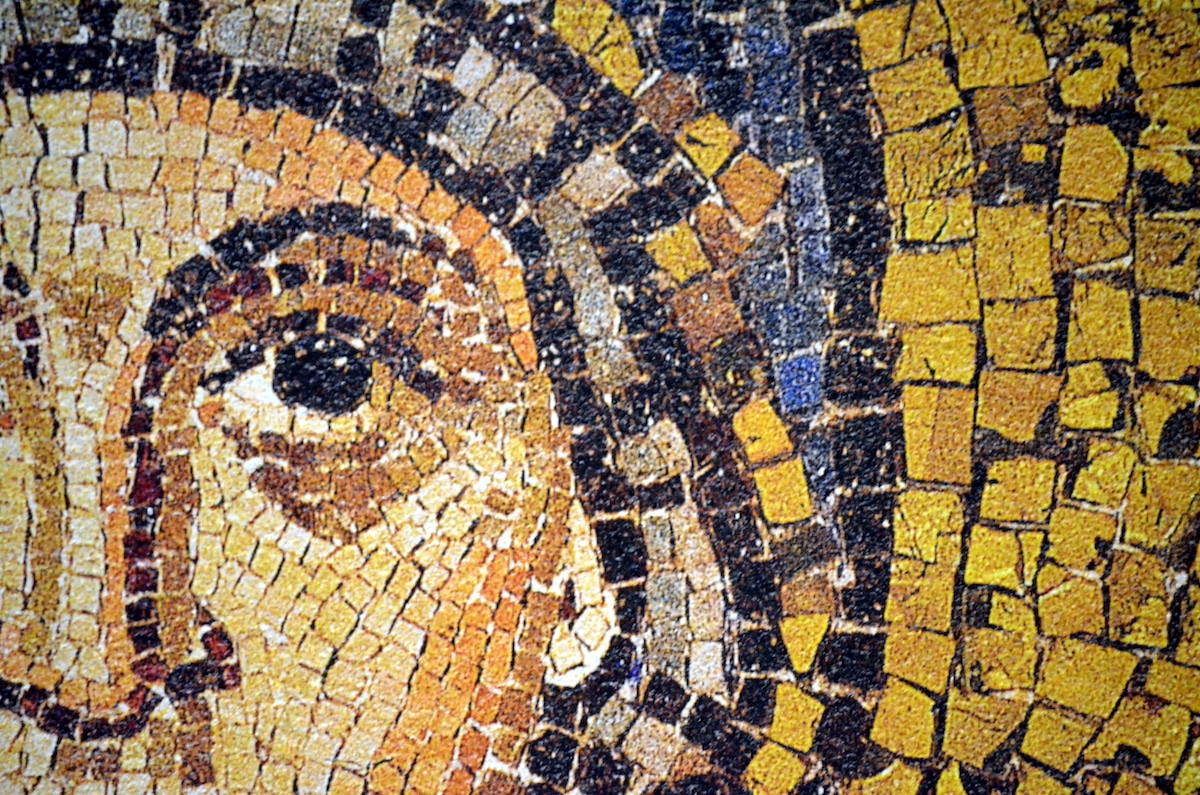Northern Syria holds some of the most remarkable remnants of the Byzantine era, offering a rare glimpse into early Christian communities, rural architecture, and religious life between the 4th and 7th centuries. Scattered across the limestone hills are dozens of ancient towns, monasteries, churches, and fortresses—often referred to as the “Dead Cities.” These sites, though long abandoned, are astonishingly well-preserved and reflect the prosperity of Byzantine life outside the urban centers. From Roman-era tombs to intricately carved basilicas, Northern Syria’s Byzantine heritage stands as a silent witness to centuries of spiritual devotion, architectural brilliance, and cultural exchange in the Eastern Mediterranean.
| Name | Era | Description |
|---|---|---|
| Sheikh Suleiman | Late Roman / Byzantine | Basilica church, rural Christian village |
| al-Mushabak | Byzantine (5th century) | Three-aisled church with original stone altar |
| Jisr al-Shaghur | Roman to Ottoman | Strategic town with old bridge, Islamic buildings |
| Qalaat al-Shaghur | Byzantine / Crusader / Ayyubid | Fortified castle on a mountaintop |
| Harem | Roman / Crusader / Islamic | Large citadel with multiple historical layers |
| Shinshirah | Byzantine (5th–6th centuries) | Dead City ruins with olive presses and large church |
| Deir Qeita | Late Roman / Early Byzantine | Remains of a monastery and rural Christian settlement |
| Sarmada | Roman to Ottoman | Roman funerary towers and a Byzantine monastery complex |
Sheikh Suleiman شيخ سليمان
Perched in the northwestern mountains of Syria, Sheikh Suleiman is a largely abandoned village known for its late Roman and Byzantine ruins. At its heart lies a well-preserved basilica-style church with a simple, symmetrical design and elegant stonework that reflects the spiritual life of early Christian communities. The architecture here follows the typical patterns of the “Dead Cities,” combining religious and domestic functions in a tight, walkable layout. Surrounding the church are remnants of homes, cisterns, and olive presses, revealing a community built on both faith and agriculture. Despite its quiet appearance today, Sheikh Suleiman once thrived as a religious and economic hub in the region.
al-Mushabak المشبك
Al-Mushabak is another example of a Dead City village where Byzantine Christianity shaped local life. The ruins here include an exceptional three-aisled basilica from the 5th century, still standing with its majestic arches and intact stone altar. The site’s Greek inscriptions and detailed capitals suggest a community with access to wealth and skilled artisans. Al-Mushabak likely served surrounding rural villages as a central place of worship. The preservation of its ecclesiastical architecture makes it a valuable case study in early Christian Syrian art and engineering.
Jisr al-Shaghur جسر الشغور
Jisr al-Shaghur, meaning “Bridge of the Shaghur,” is a modern town with deep historical roots. Its strategic location along the Orontes River made it an important crossing point and military site through multiple eras—from the Roman period to the Crusades and into Ottoman rule. While the modern town has grown around it, ancient remnants remain, including fortification ruins, old bridges, and medieval Islamic architecture. Jisr al-Shaghur played a vital role in controlling trade and military movement between the coast and interior Syria. Its layered identity continues today, where ancient ruins rest quietly beneath the modern cityscape.
Qalaat al-Shaghur قلعة الشغور
Qalaat al-Shaghur, or the Fortress of Shaghur, overlooks the surrounding valleys and rivers from a rugged mountaintop. Built and expanded by the Byzantines and later the Arabs, this fortress was used to protect inland routes from coastal invaders. It saw heavy use during the Crusader period and was later fortified by Muslim rulers. Although damaged by time and conflict, the fortress walls, gate towers, and interior courtyards are still visible. The strategic position of Qalaat al-Shaghur reveals the military logic of medieval Syrian defense systems and highlights the enduring importance of Jisr al-Shaghur as a regional stronghold.
Harem حارم
Harem is a town rich in multilayered history, best known for its ancient citadel that dominates the skyline. The Harem Castle, initially Roman, was later expanded during the Islamic and Crusader periods. Its walls and watchtowers still convey the might it once held as a border fortress on the edge of the Principality of Antioch. The town surrounding it has traces of Roman, Byzantine, and Islamic occupation, with ruins of churches, cisterns, and caravanserais. Harem was also a key stop for medieval pilgrims heading to Jerusalem. Its strategic location near modern-day Turkey continues to make it a site of interest.
Shinshirah شنشراح
Shinshirah is one of the most iconic Dead Cities in Jebel al-Zawiya. Sprawled across the landscape are the remnants of homes, warehouses, towers, and a large church, indicating a once-thriving rural settlement. The wealth of Shinshirah was likely drawn from olive oil production, evidenced by the numerous presses carved directly into bedrock. Architectural elements like columned porticoes and arched doorways showcase the prosperity of the 5th–6th centuries CE. The village was abandoned during the early Islamic period, probably due to shifts in trade routes and climate. Shinshirah is today a haunting but beautiful relic of rural Byzantine Syria.
Deir Qeita دير قيتا
Deir Qeita, like many villages in northern Syria, takes its name from “Deir” (monastery), hinting at its early Christian roots. This settlement contains one of the earliest known church structures in the region, dating back to the 4th or early 5th century. The village also contains small residential quarters and agricultural installations that illustrate a self-sufficient religious community. Scholars believe Deir Qeita may have served as a monastic outpost, linked to a larger spiritual network centered around Antioch. Though modest in size, its historical and religious significance is noteworthy for those studying the rise of early Christianity in the Levant.
Sarmada سرمدا
Sarmada, located near the modern Bab al-Hawa crossing, is a major archaeological site that contains Roman-era tombs, Byzantine churches, and Ottoman-era structures. One of its most famous features is a pair of Roman funerary towers, standing almost untouched for centuries. These towers are rare examples of high-status tomb architecture from the 2nd–3rd centuries AD. The town also houses remains of a Byzantine monastery and large residential villas, pointing to its prosperity during Late Antiquity. Due to its proximity to trade routes and its elevated position, Sarmada remained occupied into the Islamic period. Today, Sarmada reflects a continuum of occupation that spans Roman Syria to the Ottoman Empire.



